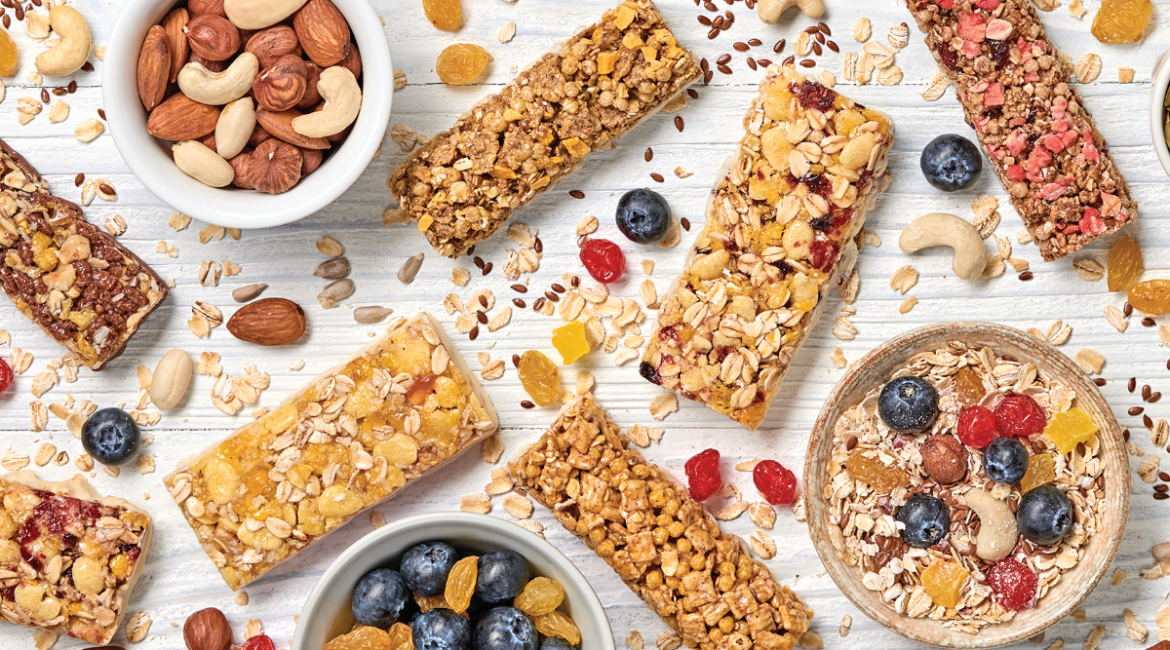Ever stood in the grocery store staring at a nutrition label and felt totally lost? You’re not alone. But once you know what to look for, reading labels becomes super easy — and it helps you make smarter choices without overthinking.
1. Start with the Serving Size
Always check the serving size first.
If the label says 200 calories per serving, but you eat double the amount — you’re getting 400.
Brands often make serving sizes smaller to make the numbers look better.
2. Look at the Ingredients List
The shorter, the better.
The first few ingredients matter most — they’re in the highest amounts.
Avoid foods with:
- Added sugars (look for words like syrup, fructose, glucose)
- Artificial colors or preservatives
- Ingredients you can’t pronounce
Tip: If sugar is in the top 3 ingredients, skip it.
3. Check the Sugar
Natural sugars from fruit are fine, but added sugar is what you want to limit.
Aim for:
- Less than 5g of added sugar per serving for snacks
- 0g is even better
4. Watch Out for “Healthy” Words
Words like “natural,” “low-fat,” “gluten-free,” “sugar-free” can be misleading.
Always check the ingredients and the real nutrition numbers instead of trusting the front of the package.
5. Look at Protein, Fiber, and Fats
- Protein keeps you full. Aim for 7g+ per snack or 15–20g per meal.
- Fiber supports digestion. Look for 3g+ per serving.
- Healthy fats (from nuts, seeds, avocado) are great — just avoid trans fats or hydrogenated oils.
Final Tip
Don’t stress about perfection. Just start checking labels when you shop — the more you do it, the faster and easier it gets. Knowledge is power, and understanding labels gives you full control over what goes into your body.




